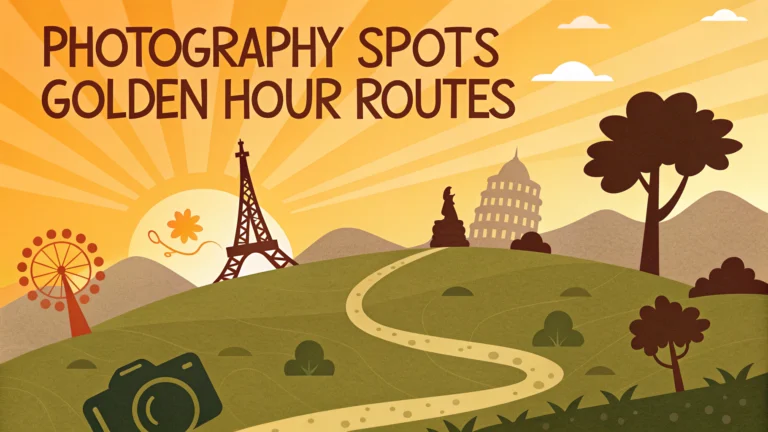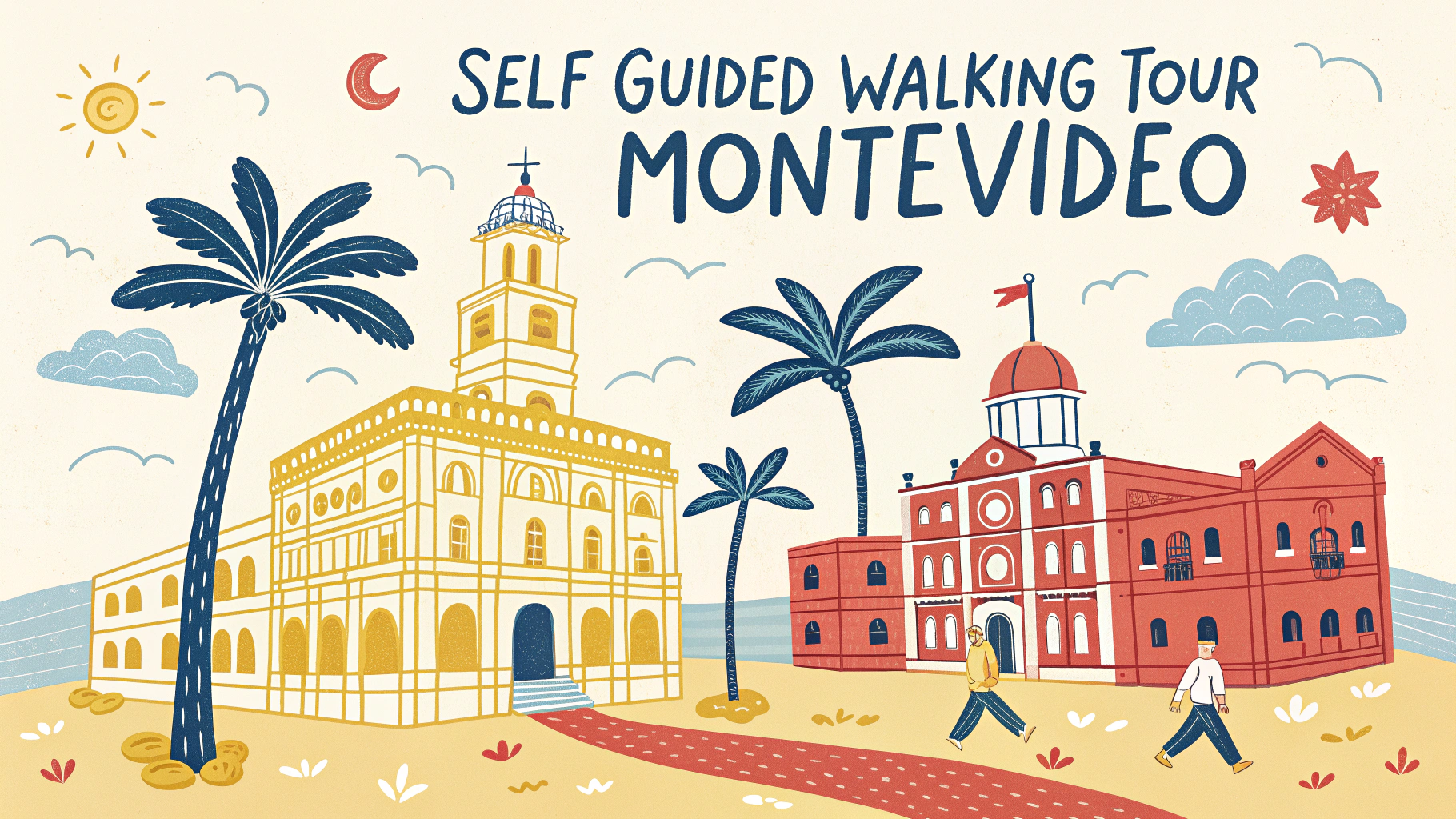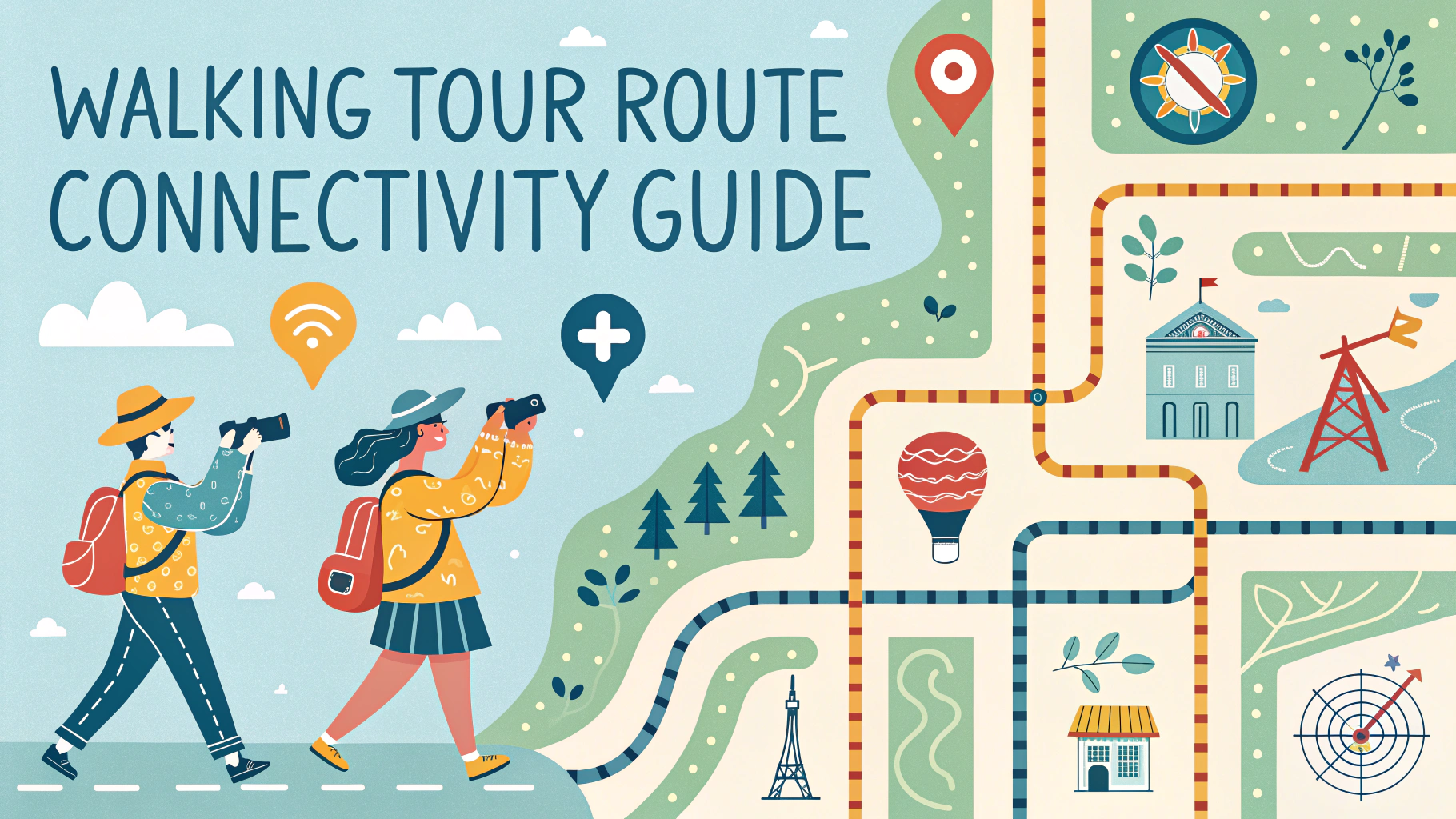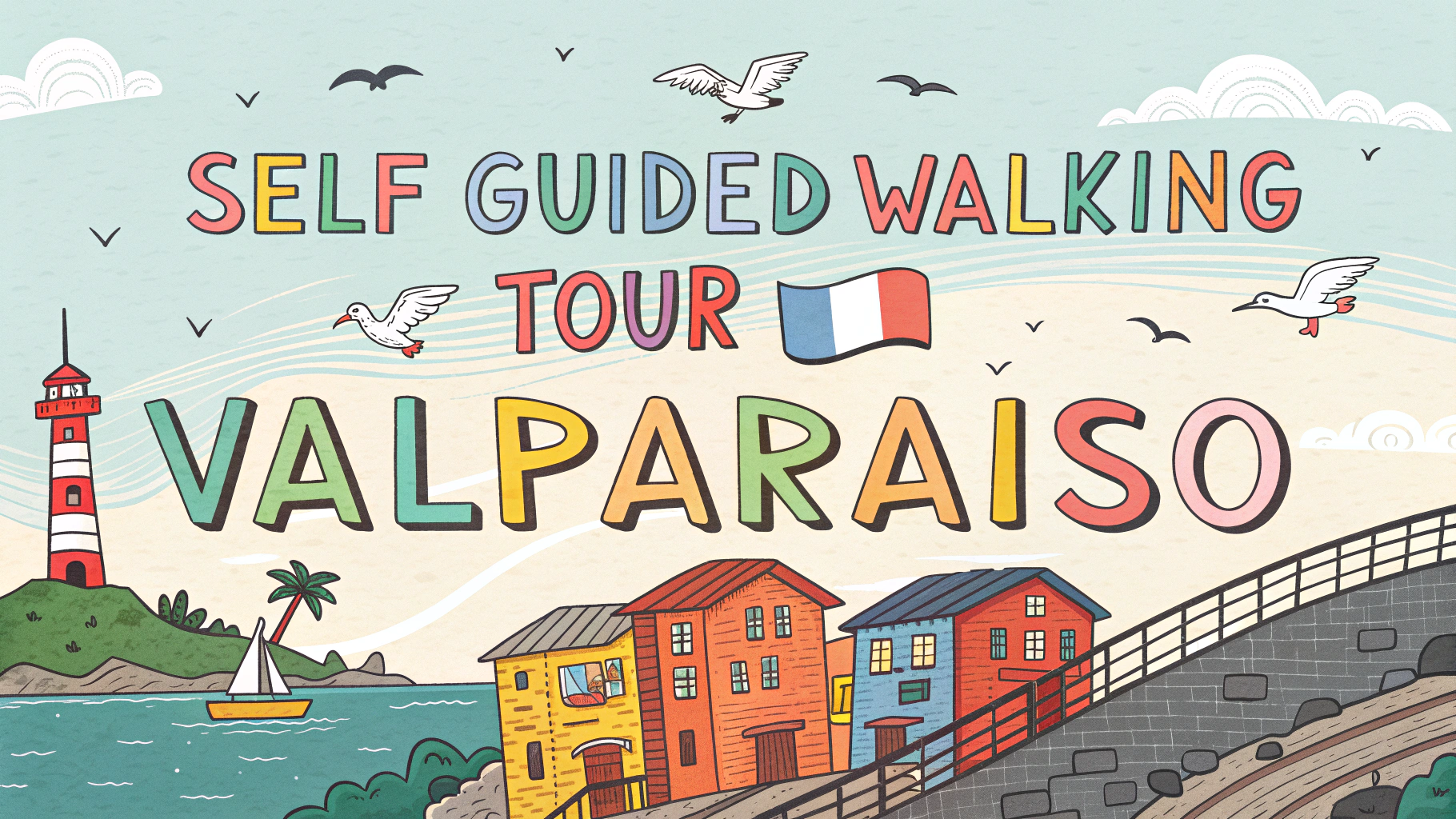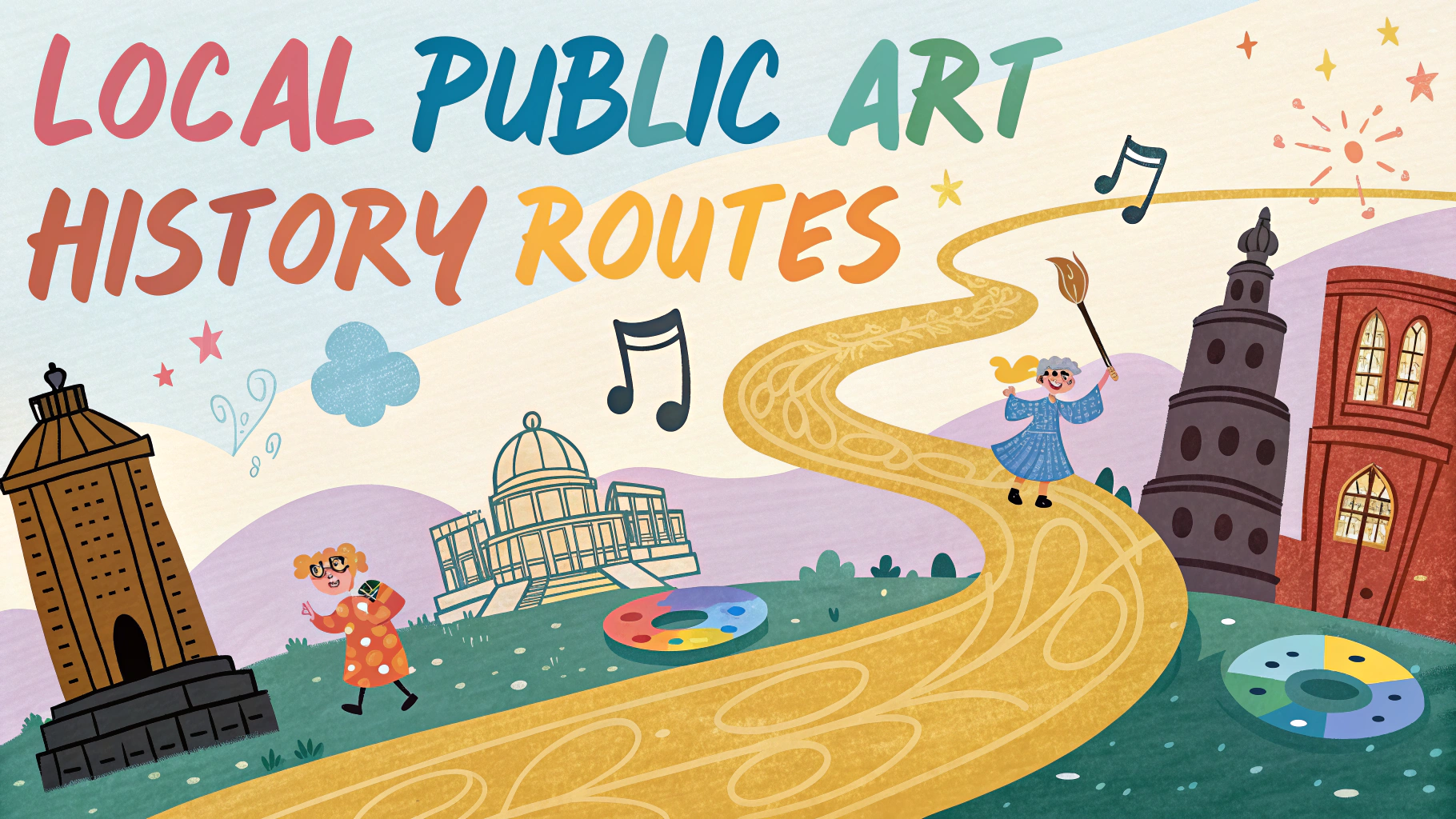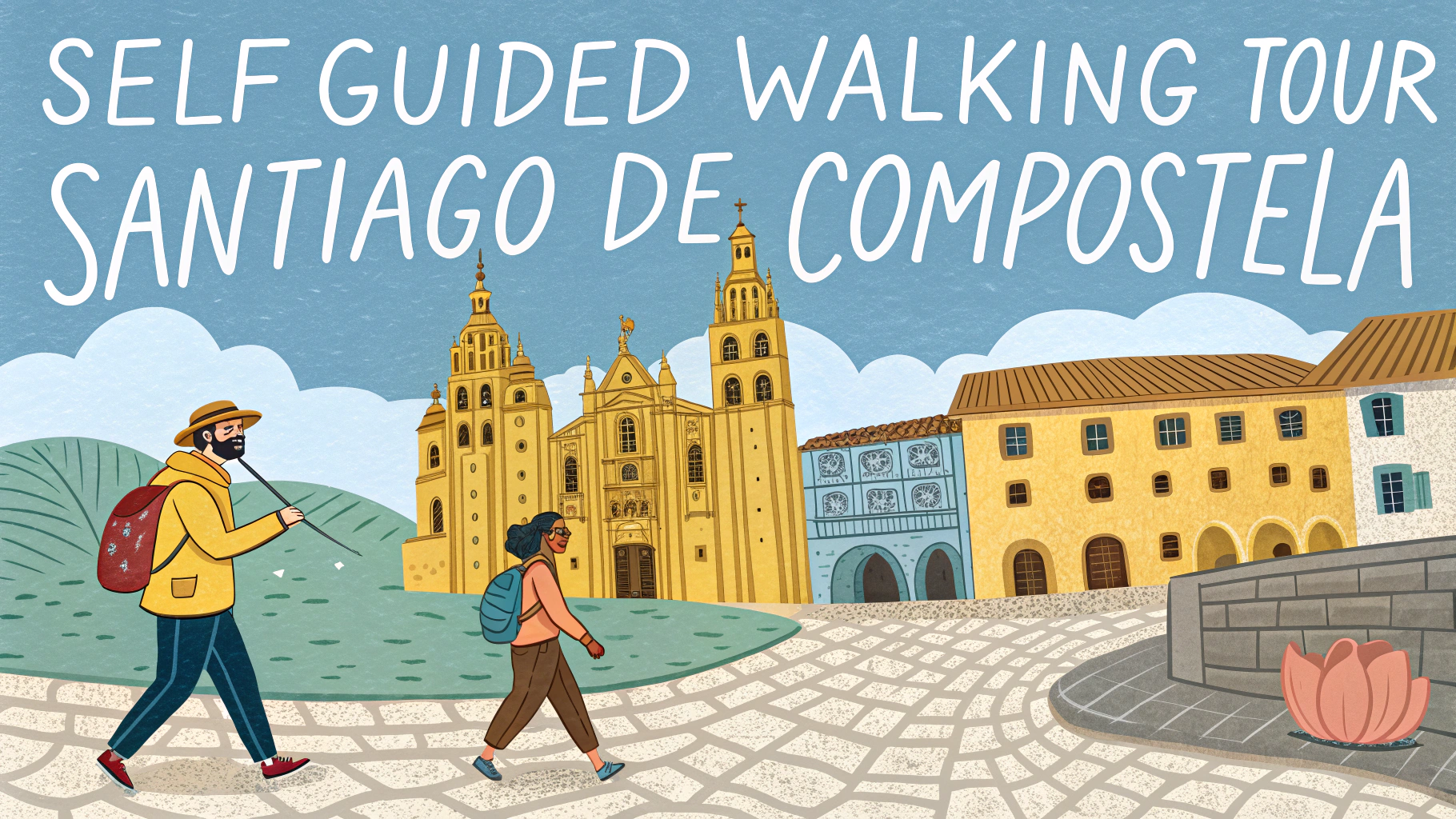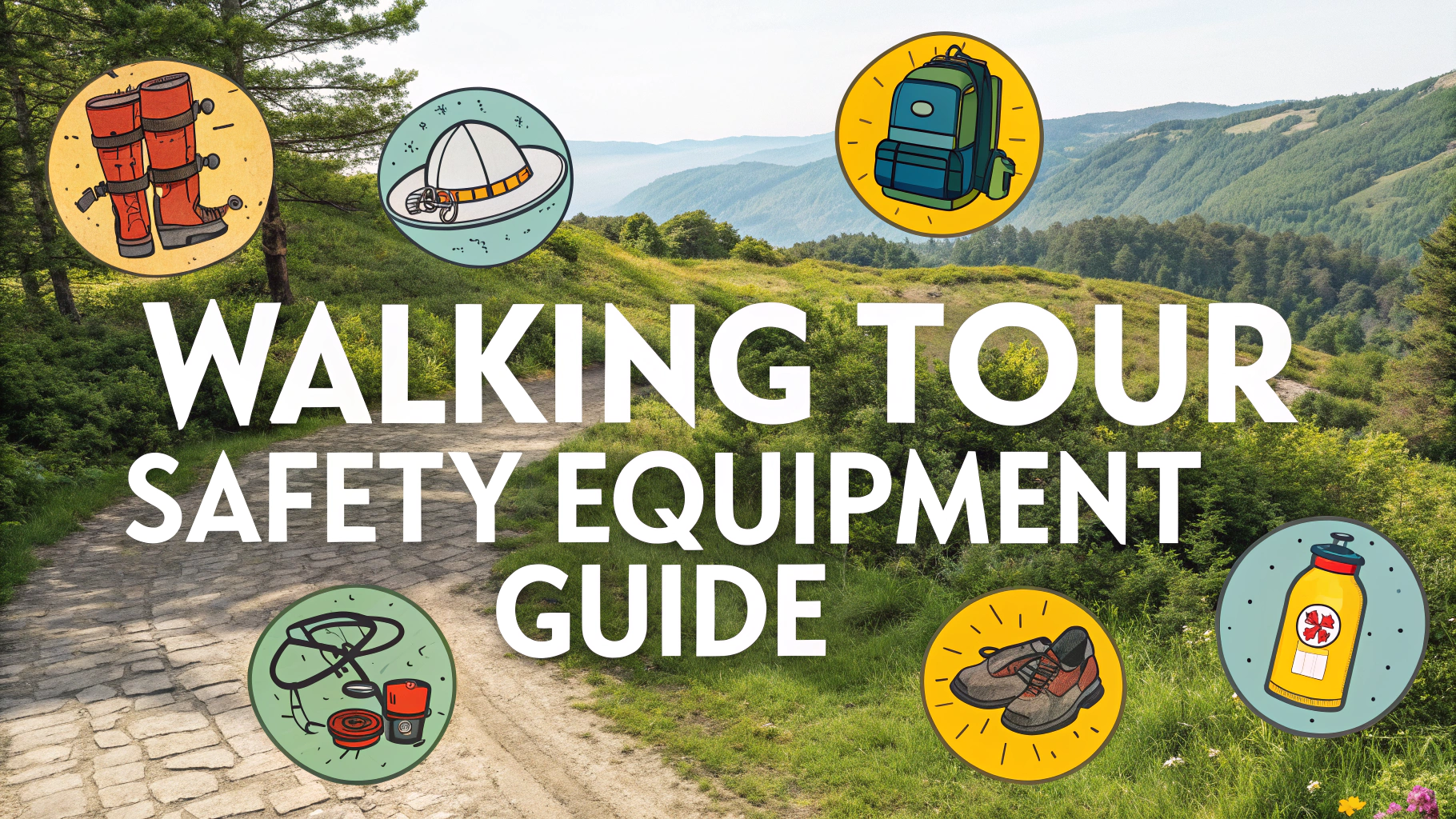Discovering the perfect golden hour photography spots requires careful planning and local knowledge to capture those magical moments when natural light transforms ordinary scenes into extraordinary images.
What Makes Golden Hour Special
Golden hour occurs twice daily – during the first hour after sunrise and the last hour before sunset – when the sun’s position creates soft, warm light perfect for photography.
Best Times to Start Your Route
- Summer: 5:30-6:30 AM and 7:30-8:30 PM
- Winter: 7:00-8:00 AM and 3:30-4:30 PM
- Spring/Fall: 6:00-7:00 AM and 5:30-6:30 PM
Essential Planning Tips
- Check sunrise/sunset times using apps like PhotoPills or Sun Surveyor
- Plan routes that take 45-60 minutes to complete
- Scout locations in advance during regular daylight
- Pack lightweight gear you can carry easily
Sample Urban Photography Routes
City Waterfront Route
- Start at harbor/marina (reflections on water)
- Walk along waterfront promenade (silhouettes)
- End at nearby elevated viewpoint (cityscape)
Historic District Route
- Begin at main square (architecture details)
- Navigate narrow streets (light rays)
- Finish at old church or landmark (dramatic shadows)
Photography Equipment Checklist
- Camera with fully charged battery
- Wide-angle lens (16-35mm recommended)
- Lightweight tripod
- ND filters for longer exposures
- Lens cleaning kit
Camera Settings for Golden Hour
| Setting | Recommendation |
|---|---|
| ISO | 100-400 |
| Aperture | f/8 – f/11 |
| White Balance | Cloudy/Shade |
Safety Tips
- Bring a flashlight or headlamp
- Share your route with someone
- Wear comfortable walking shoes
- Carry water and snacks
Weather Considerations
Light cloud cover can enhance golden hour effects, while heavy clouds might block the warm light completely.
Check weather forecasts using apps like Clear Outside or AccuWeather for accurate cloud cover predictions.
Always have backup locations planned in case weather conditions change unexpectedly.
Mobile Apps for Route Planning
- PhotoPills: Sun position tracking
- The Photographer’s Ephemeris: Light direction planning
- Google Maps: Route creation and navigation
- AllTrails: Walking route suggestions
Remember to respect local regulations, private property boundaries, and wildlife when planning and executing your photography routes.
Location-Specific Techniques
Beach Photography
- Use foreground elements like rocks or driftwood
- Capture wave motion with longer exposures
- Position yourself to catch light reflections on wet sand
Mountain Photography
- Find elevated positions for valley views
- Use trees or rocks to frame peaks
- Watch for alpenglow on mountain faces
Advanced Composition Tips
- Include leading lines that catch golden light
- Layer foreground, midground, and background elements
- Use the rule of thirds with sun position
- Frame natural elements against backlit scenes
Post-Processing Guidelines
- Maintain natural golden tones
- Balance highlights and shadows carefully
- Adjust white balance to enhance warm colors
- Use graduated filters for sky-to-ground transitions
Common Challenges and Solutions
| Challenge | Solution |
|---|---|
| Harsh contrast | Use HDR techniques or ND filters |
| Limited time | Pre-compose shots during location scouting |
| Changing light conditions | Bracket exposures |
Conclusion
Successful golden hour photography routes combine careful planning with technical expertise and creative vision. By understanding timing, location characteristics, and equipment requirements, photographers can consistently capture compelling images during these magical light conditions.
The key to success lies in thorough preparation, adaptability to changing conditions, and practice with various techniques and locations. Remember that each golden hour presents unique opportunities, and even familiar locations can yield different results under varying conditions.
FAQs
- What is the golden hour and why is it ideal for photography?
The golden hour occurs during the first hour after sunrise and the last hour before sunset when the sun is low on the horizon, creating soft, warm, directional light that’s perfect for photography. During this time, shadows are longer and colors appear more vibrant and golden. - How do I plan a self-guided photography route for golden hour?
Check sunrise/sunset times in advance, use apps like PhotoPills or The Photographer’s Ephemeris to track sun position, map out locations facing east for sunrise or west for sunset, and allow 15-20 minutes walking time between spots. - What camera settings work best during golden hour?
Start with ISO 100-400, aperture f/4-f/8, and adjust shutter speed accordingly. Use manual mode or aperture priority mode, and consider using exposure compensation of -1 to prevent overexposure of bright skies. - How early should I arrive before golden hour begins?
Arrive at least 30 minutes before sunrise/sunset to set up equipment, scout compositions, and capture the pre-golden hour blue hour, which offers different lighting conditions and photographic opportunities. - What essential equipment should I bring for a golden hour photo walk?
Bring a camera, wide-angle and standard zoom lenses, tripod for low-light situations, lens cleaning kit, spare batteries, and comfortable walking shoes. A neutral density filter can also be useful. - How can I find the best photography spots along my route?
Research locations using photography websites like 500px or Flickr, use Google Maps street view to preview spots, look for elevated positions, open spaces with clear views, and architectural features that work well with directional light. - What weather conditions are ideal for golden hour photography?
Partly cloudy conditions often work best, as clouds can add drama and reflect golden light. Clear skies provide consistent lighting, while overcast conditions may diminish the golden hour effect. - How do I handle exposure challenges during golden hour?
Use graduated neutral density filters or HDR techniques for high contrast scenes, bracket exposures when necessary, and consider spot metering on mid-tones to maintain highlight and shadow detail. - What subjects photograph particularly well during golden hour?
Landscapes, architecture with interesting shadows, portraits with warm backlighting, silhouettes against the colorful sky, and reflective surfaces like water or glass buildings work especially well during golden hour. - How can I ensure safety during early morning or evening photo walks?
Walk in well-lit areas, wear reflective clothing if shooting near dawn/dusk, carry a flashlight, share your route with someone, keep valuables secure, and be aware of your surroundings at all times.
